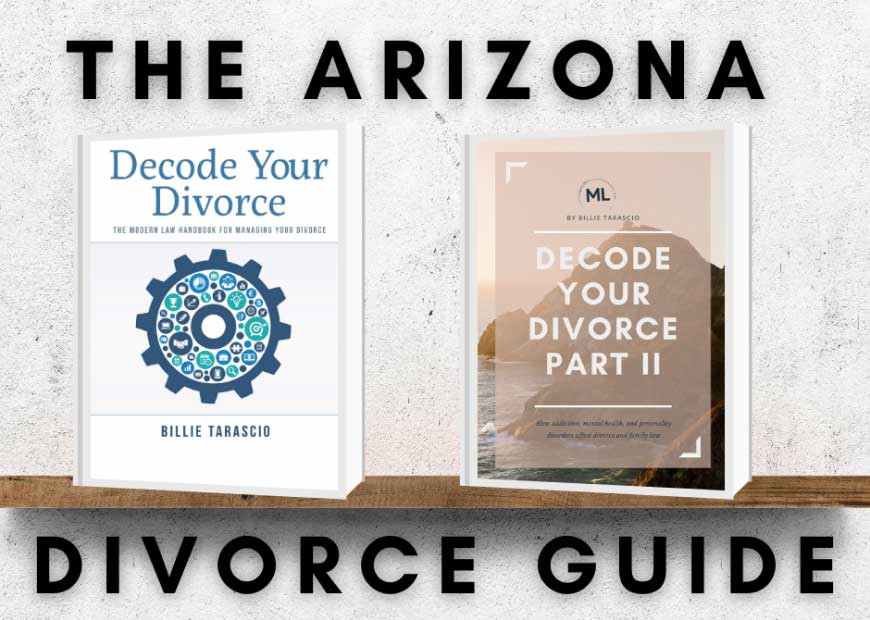[et_pb_section fb_built=”1″ admin_label=”section” _builder_version=”3.22″ custom_padding=”0px||0px|||”][et_pb_row admin_label=”row” _builder_version=”3.25″ background_size=”initial” background_position=”top_left” background_repeat=”repeat”][et_pb_column type=”4_4″ _builder_version=”3.25″ custom_padding=”|||” custom_padding__hover=”|||”][et_pb_text admin_label=”Text” _builder_version=”3.27.4″ background_size=”initial” background_position=”top_left” background_repeat=”repeat”]
What are the different options for handling my divorce?
DIY: Do-It-Yourself is best when you don’t have children, property, and maybe you don’t disagree on anything. Doing it yourself is possible. Stats: 80%-90% of people at some point in their Family Law case are representing themselves. [See Are You A Candidate for DIY?]
Certified Legal Document Preparer: A CLDP is a licensed paralegal in the state of Arizona who knows which documents to file, usually also knows the deadlines and can prepare forms for you. If you start out DIY, but need help with a paralegal or CLDP, you can still stay on a tight budget.
Limited Scope Representation: Hiring an attorney for some of your divorce, but not all of it, is an excellent midrange option. For instance, getting assistance with drafting paperwork, or the trial. Make sure you understand what’s included (tracking deadlines?) and what isn’t. Be prepared to continue to do some of the work yourself. When making this decision, do a Cost Benefit Analysis. [See Cost-Benefit Analysis]
Flat Fee Divorce Options: A bit different than limited scope options. For a flat fee divorce, carefully outline the parameters of what’s included and what isn’t. For example: if somebody files for an Order of Protection. This is related to your divorce but, it’s not part of your divorce. There are a lot of “what ifs” that may or may not be covered so the most important thing is communication with your attorney.
Traditional Representation: For child custody issues, difficult property distribution, significant debt issues and/or you own a business together. For example: there’s $400,000 in student loans, $200,000 of which you used to live on during medical school and you’re arguing over how that loan debt is going to be split up. Or, you earn $25,000/year and your spouse earns $150,000/year and you cannot afford to live without their spousal support.
So, how much does it actually cost to get divorced?
The average statistic is roughly $20,000 per person, but this figure is usually associated with complicated issues such as custody, property and business asset division. DIY’ers can get divorced for as little as $500.00 or less (mostly due to court fees, which can be waived based on income).
What are some ways to keep your attorney costs down?
- Be disciplined in your communications.
- Do not reach out to your attorney every time you have a thought.
- Keep notes, don’t be repetitive.
- Decipher between friend and attorney questions.
- Think about saving your thoughts for a weekly email.
- Get organized. Or, get help if you are not an organized person. [See our Decode Your Divorce book on Amazon].
How can I pay for my divorce?
There are many ways to pay for a divorce. Other than cash or savings, people can take money from their retirement accounts; use credit cards; obtain loans from family, friends, your church, or third-party funding agencies — we know quite a few clients who use them.
We are aware this is a painful time, but we don’t want to see you unnecessarily hurt in your wallet too. Consider all your options and seek out a consultation with an attorney as you begin – as well as during – your divorce journey.
Don’t forget your support team…this is your legal team and your friends and family. See How To Create A Divorce Plan.
[/et_pb_text][/et_pb_column][/et_pb_row][/et_pb_section]






